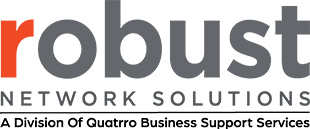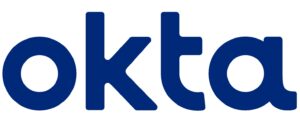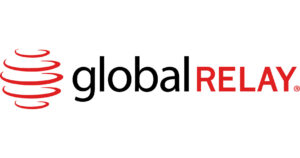
IT regulatory compliance
Robust Network Solutions has vast experience in streamlining IT regulatory compliance and guaranteeing a company in any industry meets all compliance and necessary regulations.
Regardless of your industry or location, every business is challenged with IT regulatory compliance from numerous jurisdictions and a continuously growing list of regulators. International companies have no option but to ensure they are compliant with regulations from multiple jurisdictions and multiple regulators.

There is also a barrage of cybersecurity threats that make it difficult for leaders to keep up. IT regulatory compliance can be notoriously tricky to understand, making the rollout of a compliance program feel incredibly daunting. In addition, the process typically involves meeting various controls enacted by a regulatory authority, law, or industry group to protect the confidentiality, integrity, and availability of data.
However, before you can even begin, you will also need to understand whether your company is required to meet IT regulatory compliance guidelines. The simplest way is to start by asking, ‘Does my company collect its customers’ personal and/or financial data?’ If the answer is yes, then you must follow established regulatory guidelines and implement data security measures to prevent exposure of PID (Personally Identifiable Data) to unauthorized access.
If you are exploring how to meet SEC guidelines or searching for a full-blown SOC or GDPR compliance audit, rest assured we have helped others in a similar position on countless occasions. Our experienced engineers have worked through the NIST cybersecurity framework covering five key functions:
Identify:
Develop the organizational understanding to manage cybersecurity risk to systems, assets, data, and capabilities.
Protect:
Develop and implement the appropriate safeguards to ensure delivery of critical infrastructure services.
Detect:
Develop and implement the appropriate activities to identify the occurrence of a cybersecurity event.
Respond:
Develop and implement the appropriate activities to act regarding a detected cybersecurity incident.
Recover:
Develop and implement the appropriate activities to maintain resilience plans and restore any capabilities or services that were impaired due to a cybersecurity incident.

Common IT Regulatory Compliance Standards
While there are several compliance standards that organizations typically must conform with, here are some of the most common:
- HIPPA. The Health Insurance Portability and Accountability Act (HIPPA) is designed to secure the privacy of protected health data.
- GDPR. The General Data Protection Regulation (GDPR) is a law instituted by the European Union (EU) that outlines rules regarding how companies and organizations can use data.
- SOC. Service Organization Control (SOC) refers to auditing processes and compliance requirements targeting third-party services that manage data.
Common IT Regulatory Compliance Standards
While there is often significant overlap, compliance regulations are not the same. Unfortunately, due to some of the similarities between the regulations, some organizations may assume that they must comply with another that covers some of the same elements because they conform to one. Unfortunately, this is not the case.
For example, if an organization operates in California and aligns with the California Consumer Privacy Act (CCPA). The CCPA doesn’t apply to medical information, but GDPR in Europe includes medical information within its definition of personal data. Therefore, complying with one doesn’t guarantee compliance with another.
We have worked with hundreds of clients who must navigate HIPPA, GDPR, and SOC requirements. We also work with SEC and FINRA regulated firms to ensure cybersecurity compliance, including cybersecurity hardening and other business objectives.
Cybersecurity and Compliance
A data breach that involves the loss of sensitive data highlights the intrinsic link between cybersecurity and compliance. If your business has poor cybersecurity, it will inevitably have poor compliance. For example, according to GDPR, if a company is proven to be negligent in protecting customer data after a cyberattack, it will automatically breach GDPR compliance.
Cybersecurity and compliance are no longer two separate entities. However, the reality is that both can only deliver success if the other is in order in this game of cat and mouse between cybercrime and compulsory regulatory requirements. The good news is you do not have to navigate these digital waters alone, and it is advisable to work with a support partner who has traveled on this path many times before.
Don’t let IT regulatory compliance and cybersecurity responsibilities keep you awake at night. Instead, please speak to our team at Robust Network Solutions, who will work closely with you to ensure your organization achieves all cybersecurity compliance and regulations.



